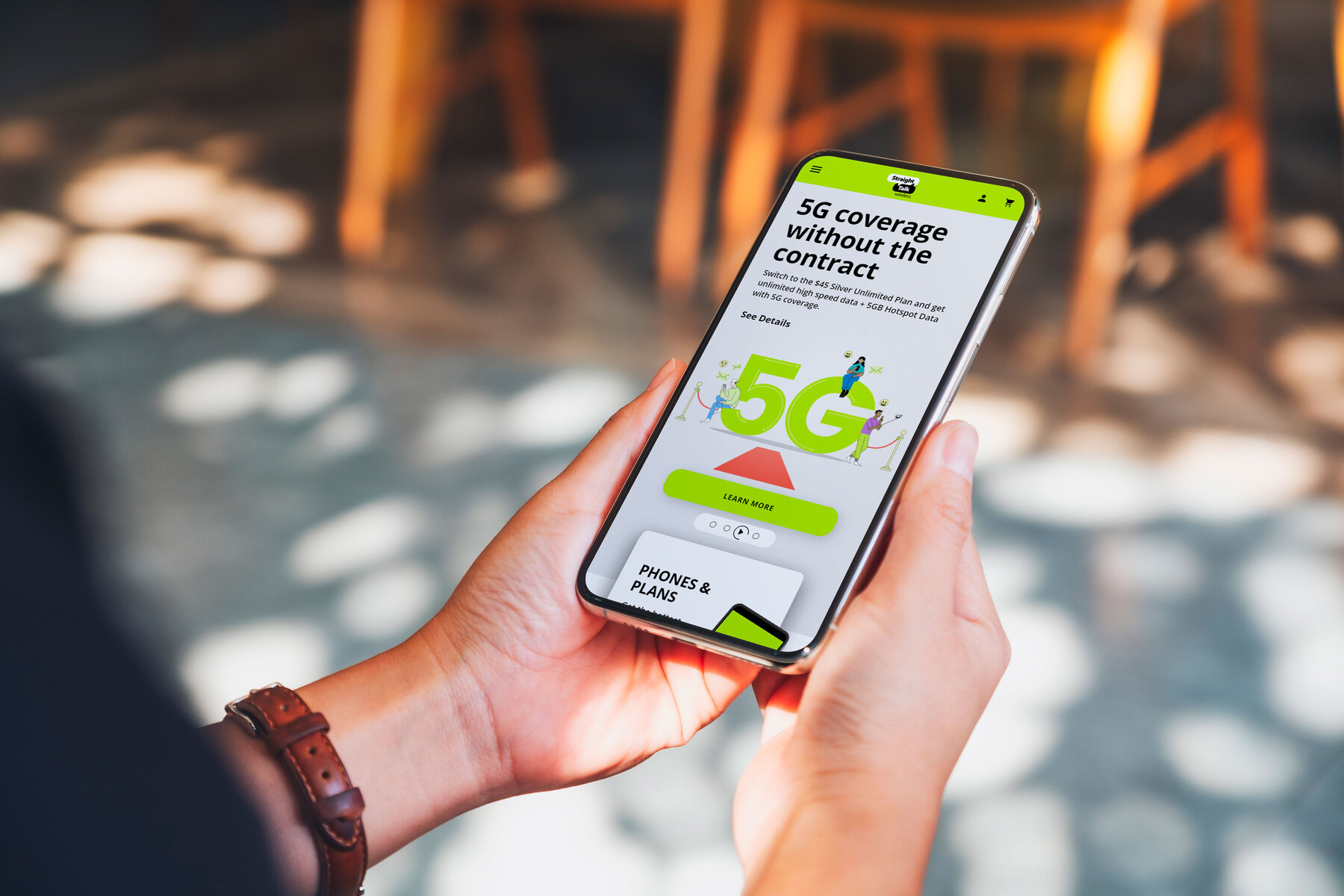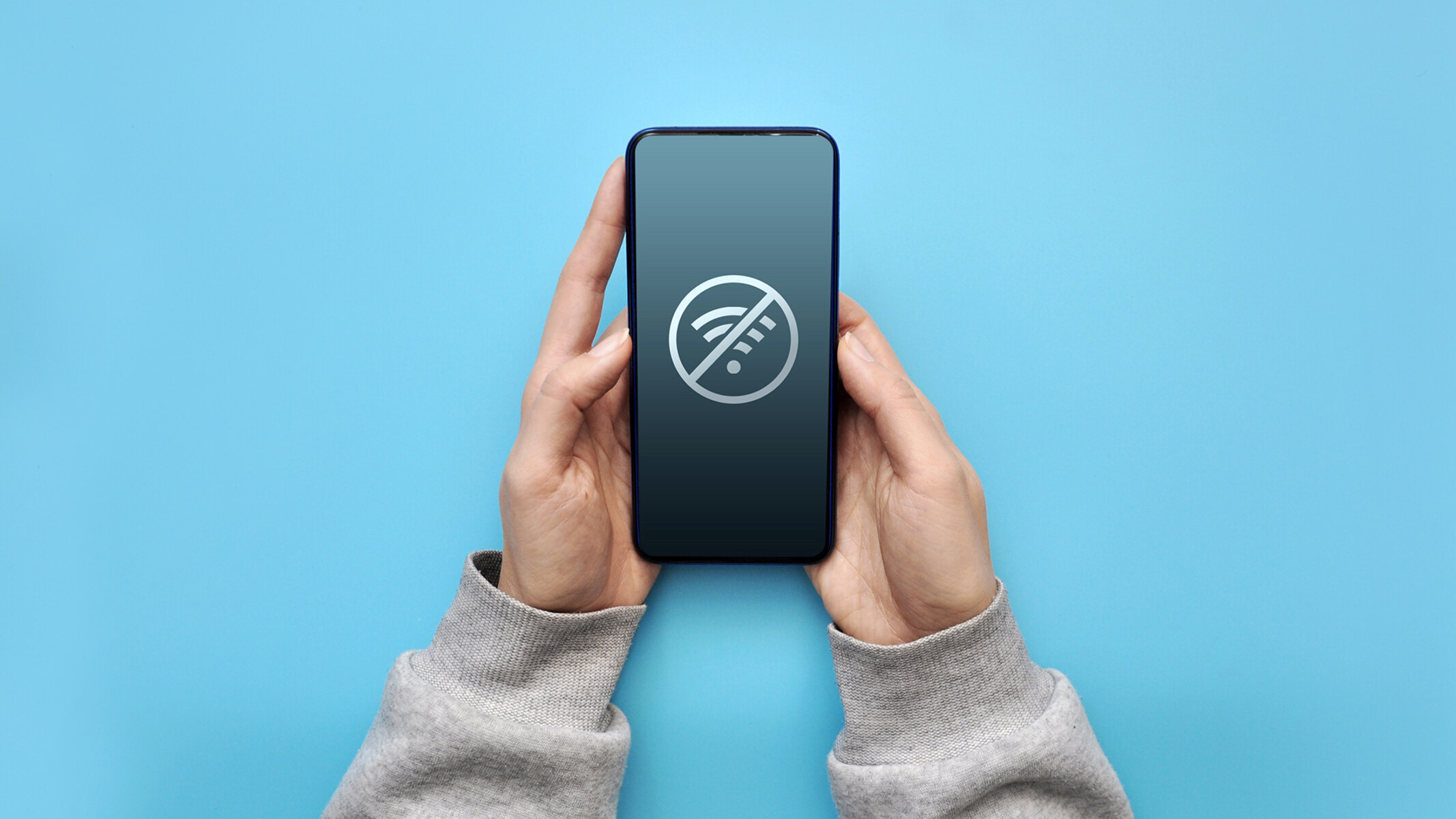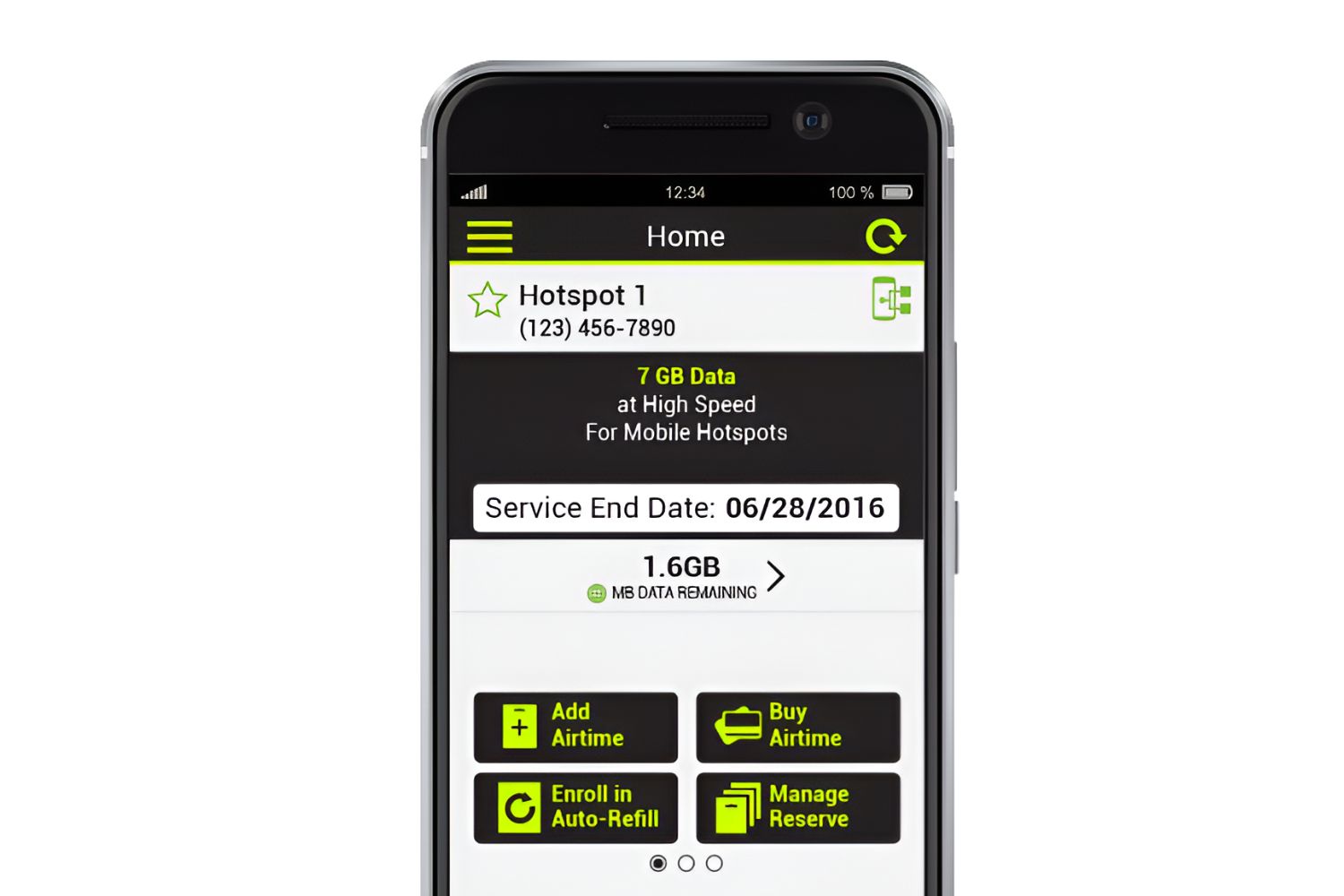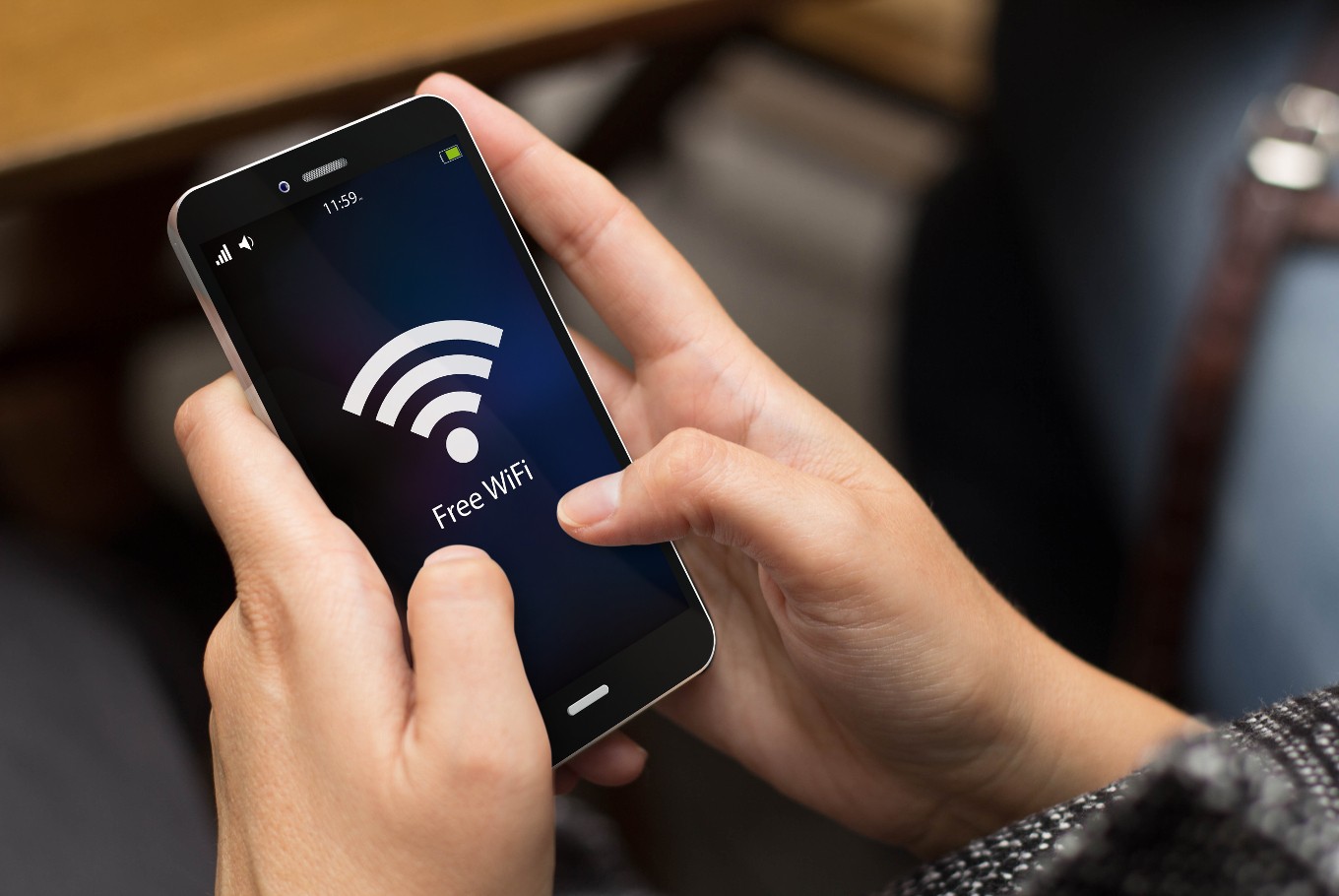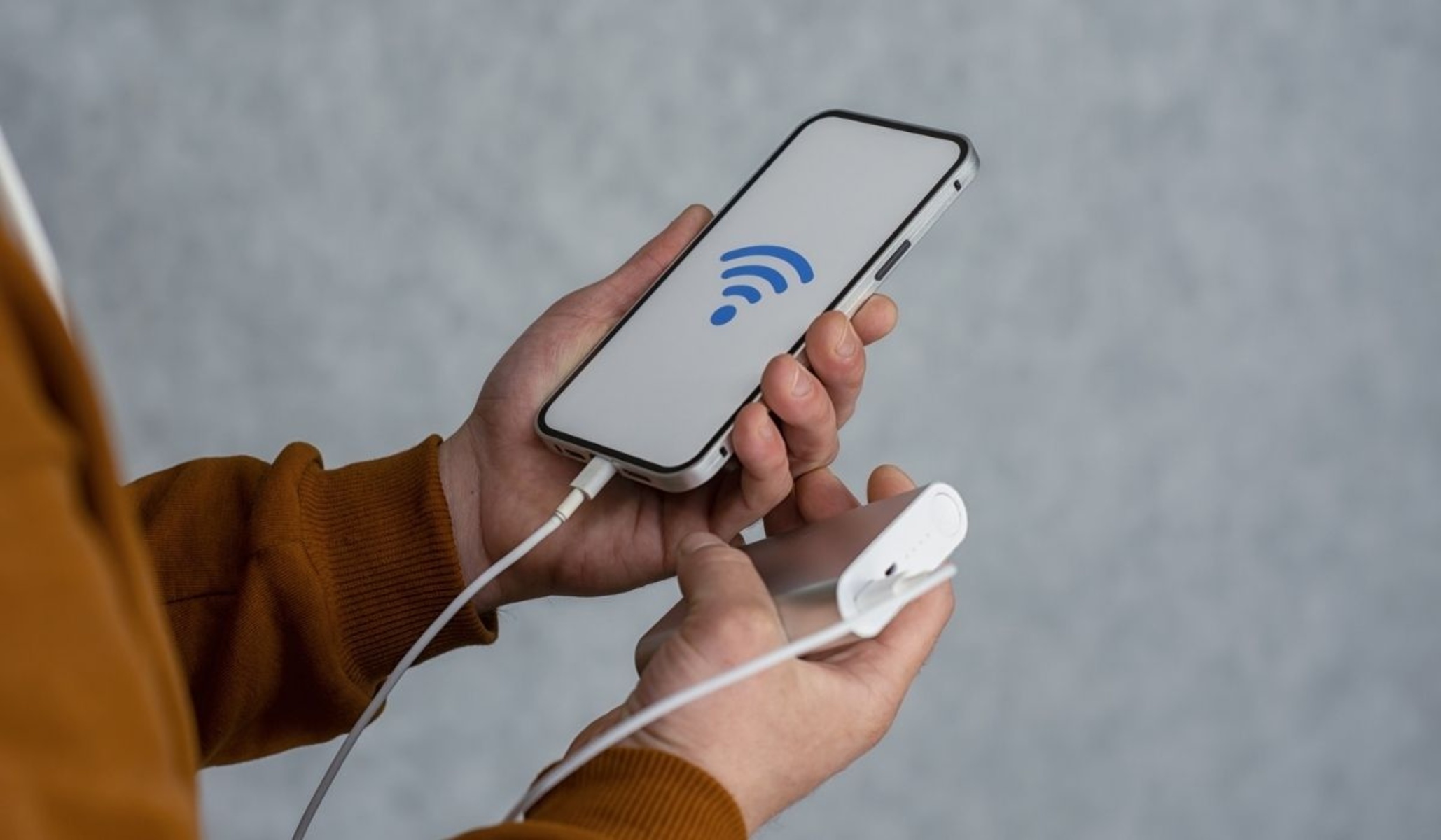Introduction
In the realm of mobile connectivity, the ability to access the internet on-the-go has become a fundamental necessity. Whether it's for work, leisure, or staying connected with loved ones, having reliable access to the online world is non-negotiable. Straight Talk, a popular mobile virtual network operator (MVNO), has been catering to this need by offering affordable and flexible plans. One feature that has garnered significant attention is the inclusion of hotspot data in many of its plans.
Hotspot data, also known as tethering, allows users to share their mobile data connection with other devices such as laptops, tablets, or other smartphones. This feature is incredibly useful for individuals who require internet access on multiple devices but may not have access to Wi-Fi. However, managing and maximizing hotspot data can be a bit perplexing for some users.
This article aims to demystify the concept of hotspot data on Straight Talk and provide valuable insights, tips, and tricks to help users make the most of this feature. Whether you're a remote worker, a student, a traveler, or simply someone who values flexibility in their connectivity options, understanding how to leverage hotspot data effectively can significantly enhance your mobile experience.
By delving into the nuances of hotspot data, exploring practical tips for optimizing its usage, and uncovering clever tricks for expanding its limits, this article will equip you with the knowledge and strategies to harness the full potential of hotspot data on Straight Talk. So, let's embark on this journey to unravel the intricacies of hotspot data and unlock a world of seamless connectivity and productivity.
Understanding Hotspot Data on Straight Talk
Hotspot data, a valuable feature offered by Straight Talk, enables users to transform their smartphones into mobile Wi-Fi hotspots, providing internet connectivity to other devices. This functionality is particularly beneficial in scenarios where traditional Wi-Fi access is unavailable, such as during travel, outdoor activities, or in areas with limited connectivity options.
Straight Talk's hotspot data is integrated into many of its plans, allowing users to share their mobile data with laptops, tablets, and other Wi-Fi-enabled devices. However, it's essential to grasp the specifics of how hotspot data functions within the framework of Straight Talk's service.
When utilizing hotspot data, it's crucial to be aware of the allocated data limits. Most Straight Talk plans offer a set amount of high-speed data for hotspot usage, after which the speed may be throttled or the hotspot feature may be disabled until the next billing cycle. Understanding these thresholds is paramount for managing usage and avoiding unexpected disruptions to connectivity.
Furthermore, the compatibility of devices with Straight Talk's hotspot feature should be considered. While most modern smartphones support tethering, it's advisable to verify the compatibility of specific devices with Straight Talk's network to ensure seamless hotspot functionality.
Moreover, the network coverage and signal strength play a pivotal role in the performance of hotspot data. Straight Talk operates on major networks, including Verizon, AT&T, and T-Mobile, depending on the user's device and location. Assessing the network coverage in your area and optimizing the positioning of your device can significantly enhance the reliability and speed of your hotspot connection.
In essence, comprehending the nuances of hotspot data on Straight Talk involves understanding the data limits, device compatibility, and network coverage. Armed with this knowledge, users can make informed decisions and effectively leverage hotspot data to stay connected, productive, and empowered, regardless of their location or connectivity constraints.
Tips for Maximizing Hotspot Data
-
Monitor Data Usage: Keeping a close eye on your hotspot data consumption is paramount. Many modern smartphones offer built-in tools to track data usage, allowing you to stay informed about how much data is being utilized for hotspot connections. By regularly monitoring your usage, you can proactively manage your data allocation and avoid unexpected overages or speed reductions.
-
Optimize Device Settings: Tweaking certain settings on your smartphone can contribute to more efficient hotspot usage. For instance, disabling automatic app updates and limiting background data usage can help conserve hotspot data for essential tasks. Additionally, adjusting the hotspot settings to utilize the latest Wi-Fi standards and optimizing the Wi-Fi channel can enhance the overall performance of your hotspot connection.
-
Utilize Data-Saving Features: Many apps and operating systems offer data-saving features that can be particularly beneficial when using hotspot data. Enabling data-saving modes in streaming apps, web browsers, and other data-intensive applications can significantly reduce data consumption without compromising the user experience. Similarly, utilizing compression tools for web browsing and data optimization techniques can further stretch your hotspot data allocation.
-
Explore Wi-Fi Offloading: When available, leveraging Wi-Fi offloading can alleviate the burden on your hotspot data. This involves connecting to public Wi-Fi networks or trusted Wi-Fi hotspots whenever feasible, thereby diverting data traffic away from your hotspot and onto alternative networks. However, it's crucial to prioritize security and privacy when connecting to public Wi-Fi networks.
-
Schedule Data-Intensive Tasks: Planning your data-heavy activities during periods of ample data availability can help optimize hotspot usage. Scheduling large file downloads, system updates, and content streaming during times when your hotspot data is less constrained can prevent excessive depletion of your allocated data. This strategic approach allows you to make the most of your high-speed hotspot data without compromising on essential tasks.
-
Invest in Data-Boost Add-Ons: Straight Talk offers data-boost add-ons that allow users to augment their existing data allocation for a nominal fee. If you find yourself frequently reaching the limit of your hotspot data, considering these add-ons can provide a convenient solution for extending your data capacity without committing to a higher-priced plan.
By implementing these tips, users can effectively manage and maximize their hotspot data, ensuring a seamless and efficient connectivity experience. Whether it's for work, entertainment, or staying connected while on the move, leveraging these strategies can empower users to make the most of their hotspot data within the confines of their Straight Talk plan.
Tricks for Expanding Hotspot Data
Expanding the utility and longevity of hotspot data on Straight Talk involves employing clever and resourceful tactics to stretch your data allocation further. By strategically leveraging various techniques and embracing a proactive approach, users can effectively expand their hotspot data, ensuring sustained connectivity and productivity. Here are some insightful tricks for expanding hotspot data:
Data Compression and Optimization
Utilizing data compression and optimization tools can significantly reduce the data footprint of various online activities. For instance, employing browser extensions that compress web content before it reaches your device can lead to substantial data savings during web browsing sessions. Similarly, utilizing data compression apps for file downloads and data-intensive tasks can help minimize data consumption without compromising the quality of the content.
Content Caching and Offline Access
Embracing the practice of content caching and offline access can mitigate the reliance on real-time data consumption. Many apps and platforms offer the ability to cache content for offline access, allowing users to pre-download articles, documents, maps, and multimedia for later viewing without requiring a continuous data connection. By judiciously leveraging offline access features, users can reduce their dependence on real-time data streaming and access essential content without consuming additional hotspot data.
Network Optimization and Signal Enhancement
Optimizing the network settings on your smartphone and enhancing signal strength can lead to more efficient hotspot data usage. Adjusting network preferences to prioritize Wi-Fi connections over mobile data, when available, can help offload data traffic onto Wi-Fi networks, conserving hotspot data for critical tasks. Additionally, investing in signal boosters or strategically positioning your device to maximize signal reception can result in improved data speeds and reduced data consumption, thereby extending the usability of your hotspot data.
Data-Conserving Browsing Habits
Cultivating data-conserving browsing habits involves being mindful of data-intensive elements during online activities. For instance, opting for text-only versions of websites, disabling auto-play videos, and limiting high-definition media streaming can significantly curtail data usage without compromising the essence of the online content. Embracing streamlined browsing practices can contribute to prolonged hotspot data availability and an uninterrupted online experience.
Data Rollover and Bonus Data Opportunities
Exploring data rollover and bonus data opportunities provided by Straight Talk can yield additional data benefits. Some plans offer data rollover, allowing unused data to carry over to the following month, effectively expanding the available data pool. Similarly, taking advantage of promotional offers, referral programs, and loyalty rewards can result in bonus data allocations, providing users with extra data for their hotspot needs.
By implementing these tricks, users can proactively extend the reach and impact of their hotspot data, ensuring a sustainable and fulfilling connectivity experience. Embracing these resourceful strategies empowers users to make the most of their hotspot data allocation, enabling seamless connectivity and productivity across various facets of their digital lifestyle.
Conclusion
In conclusion, hotspot data on Straight Talk serves as a versatile tool for staying connected and productive in diverse settings. By understanding the intricacies of hotspot data, users can make informed decisions and leverage practical tips and tricks to optimize and expand their hotspot data within the confines of their Straight Talk plan.
The tips provided offer actionable strategies for managing and maximizing hotspot data, empowering users to monitor usage, optimize device settings, utilize data-saving features, explore Wi-Fi offloading, schedule data-intensive tasks, and consider data-boost add-ons. These tactics enable users to make efficient use of their allocated hotspot data, ensuring seamless connectivity for work, entertainment, and communication needs.
Moreover, the tricks for expanding hotspot data underscore the importance of resourcefulness and proactive measures in stretching the utility of hotspot data. By embracing data compression and optimization, content caching, network enhancement, data-conserving browsing habits, and exploring data rollover opportunities, users can extend the longevity and impact of their hotspot data, ensuring sustained connectivity and productivity.
As the digital landscape continues to evolve, the demand for flexible and reliable connectivity options remains paramount. Hotspot data, with its ability to transform smartphones into portable Wi-Fi hubs, plays a pivotal role in meeting this demand. By implementing the insights and strategies outlined in this article, users can navigate the complexities of hotspot data with confidence, unlocking a world of seamless connectivity and empowerment.
Ultimately, hotspot data on Straight Talk is not just a feature; it's a gateway to enhanced mobility, productivity, and accessibility. Whether it's staying connected while traveling, conducting business on-the-go, or simply enjoying online entertainment, the effective management and expansion of hotspot data enable users to harness the full potential of their mobile connectivity, ensuring that they are always connected, informed, and engaged, regardless of their location or connectivity constraints.









